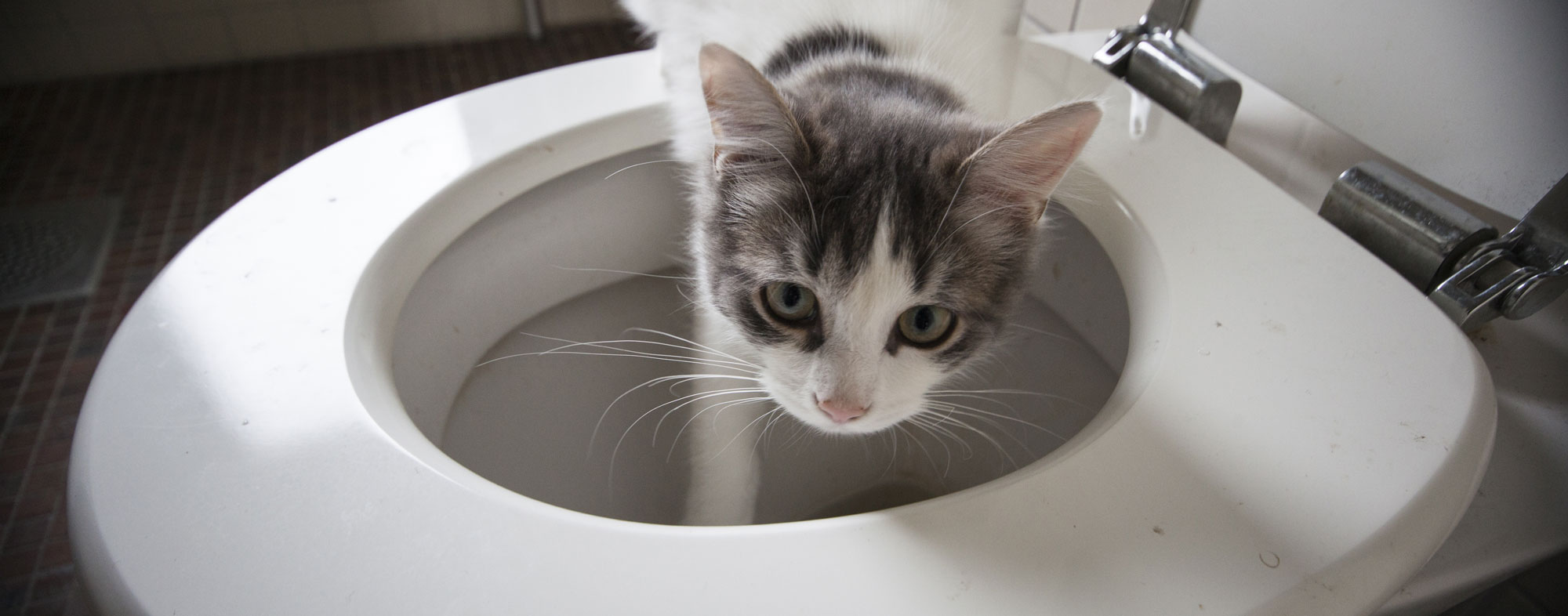Reasons You Shouldn't Flush Cat Poop Down Your Toilet - Preserve Your Plumbing System
Reasons You Shouldn't Flush Cat Poop Down Your Toilet - Preserve Your Plumbing System
Blog Article
What're your ideas with regards to Don’t flush cat feces down the toilet?

Intro
As pet cat owners, it's important to bear in mind how we get rid of our feline pals' waste. While it may appear convenient to flush feline poop down the toilet, this technique can have harmful effects for both the atmosphere and human health.
Alternatives to Flushing
The good news is, there are more secure and extra responsible means to take care of feline poop. Take into consideration the complying with alternatives:
1. Scoop and Dispose in Trash
The most usual method of disposing of feline poop is to scoop it right into a biodegradable bag and throw it in the garbage. Make certain to use a dedicated clutter scoop and throw away the waste immediately.
2. Use Biodegradable Litter
Go with biodegradable pet cat litter made from materials such as corn or wheat. These litters are eco-friendly and can be safely gotten rid of in the garbage.
3. Hide in the Yard
If you have a yard, take into consideration hiding cat waste in an assigned location far from veggie gardens and water sources. Be sure to dig deep adequate to stop contamination of groundwater.
4. Install a Pet Waste Disposal System
Purchase a pet garbage disposal system particularly designed for feline waste. These systems make use of enzymes to break down the waste, minimizing odor and ecological influence.
Health Risks
Along with environmental concerns, purging pet cat waste can likewise pose wellness risks to people. Feline feces might include Toxoplasma gondii, a parasite that can create toxoplasmosis-- a possibly severe disease, specifically for expectant females and people with damaged immune systems.
Environmental Impact
Flushing pet cat poop presents damaging microorganisms and parasites into the supply of water, presenting a considerable risk to water communities. These pollutants can negatively affect aquatic life and compromise water high quality.
Conclusion
Responsible pet ownership extends past offering food and shelter-- it also entails correct waste monitoring. By avoiding purging pet cat poop down the toilet and choosing alternate disposal approaches, we can decrease our environmental impact and shield human wellness.
Why You Should NEVER Flush Cat Poop (and/or Litter) Down Your Toilet
The Problem with Litter
The main function of litter is to solidify and adhere to your cat’s waste. While this makes litter excellent for collecting cat poop and urine, it’s also the exact property that makes it a nightmare when flushed down the toilet.
Cat litter can and will clog pipes. There is non-clumping litter, but it’s still quite heavy and can build up in pipes. This is true even of supposed “flushable litter.”
The problems only compound when the litter is already clumped into cat waste. Toilet paper is among the more flushable things, and even too much of that will clog a toilet.
The Problem with Cat Poop
Sewers and septic systems are designed with human waste in mind. The microbes that help break down human waste don’t work on cat waste. Additionally, cat poop plays host to the parasite Toxoplasma gondii.
When flushed, this parasite can enter the environment in places it was never meant to, posing a risk to pregnant women, their unborn children, and other people with compromised immune systems. While it might not seem possible, flushing cat poop can indeed introduce this parasite to the public water supply.
These reasons are why, even if you’ve trained your cat to go on the toilet and flush, which is possible, it’s still not a good idea. Also, pregnant women and the immunocompromised shouldn’t change litter, either.
How to Handle Litter
The best way to handle litter is to simply put it in a plastic bag and place it in the trash. Avoiding environmental risks and possible plumbing damage is worth the extra effort.
You can also invest in devices that seal away your cat’s waste in a separate compartment, so you don’t have to change the litter nearly as often. They’re also safer for pet owners because they limit the possibility of Toxoplasma gondii exposure.
Disposing of litter the old-fashioned way will ensure you won’t have to worry about any issues that flushing the waste can potentially cause.
Take Care of Clogged Pipes with Stephens Plumbing, Heating & Air Conditioning
The reasons you should never flush cat poop down your toilet are numerous, but sometimes the inevitable happens despite your best efforts.
Stephens Plumbing, Heating & Air Conditioning is ready to help if you’re experiencing litter-blocked plumbing. Whether you need us in an emergency or want to schedule regular maintenance, we’re here for you.
https://www.stephensplumbing.net/bathroom-plumbing/never-flush-cat-poop-down-your-toilet/
Do you really like reading up on How to Dispose of Cat Poop and Litter Without Plastic Bags? Put a short review down below. We will be interested to hear your views about this post. We are looking forward to see you back again in the future. Make sure you take the time to promote this blog post if you appreciated it. Thank-you for taking the time to read it.
Services Report this page